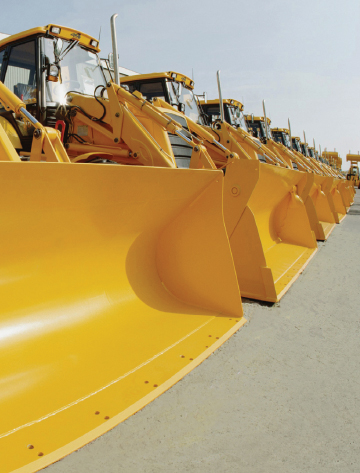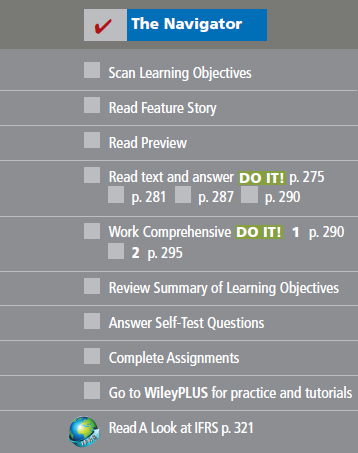Chapter 6 Inventories


Learning Objectives
After studying this chapter, you should be able to:
- Describe the steps in determining inventory quantities.
- Explain the accounting for inventories and apply the inventory cost flow methods.
- Explain the financial effects of the inventory cost flow assumptions.
- Explain the lower-of-cost-or-market basis of accounting for inventories.
- Indicate the effects of inventory errors on the financial statements.
- Compute and interpret the inventory turnover ratio.
![]()
Feature Story
“Where Is That Spare Bulldozer Blade?”
Let's talk inventory—big, bulldozer-size inventory. Caterpillar Inc. is the world's largest manufacturer of construction and mining equipment, diesel and natural gas engines, and industrial gas turbines. It sells its products in over 200 countries, making it one of the most successful U.S. exporters. More than 70% of its productive assets are located domestically, and nearly 50% of its sales are foreign.
During the 1980s, Caterpillar's profitability suffered, but today it is very successful. A big part of this turnaround can be attributed to effective management of its inventory. Imagine what it costs Caterpillar to have too many bulldozers ...
Get Financial and Managerial Accounting now with the O’Reilly learning platform.
O’Reilly members experience books, live events, courses curated by job role, and more from O’Reilly and nearly 200 top publishers.

